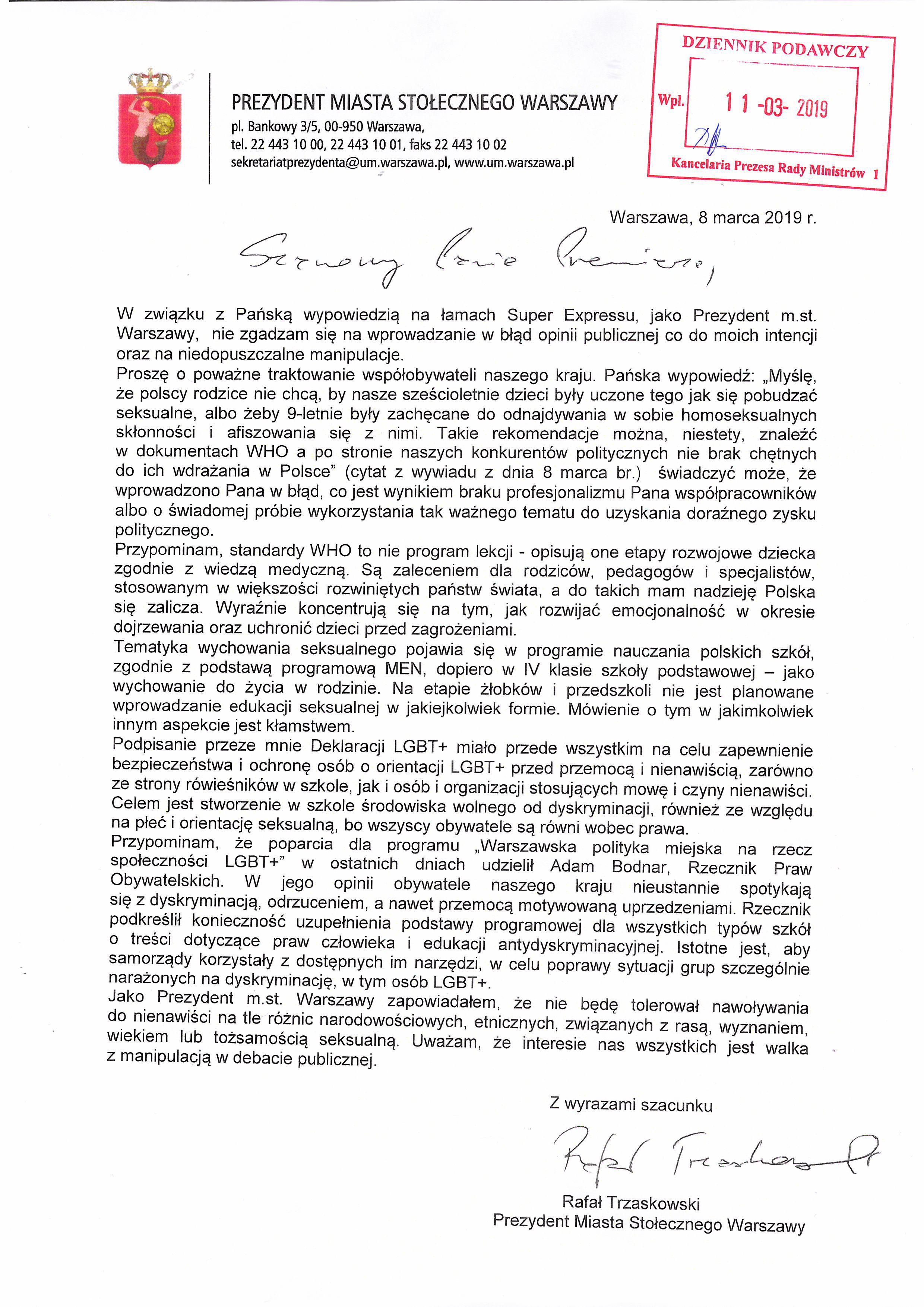The Glossy Mirage: A Deeper Look At Surface Appearances

Table of Contents
The Allure of Surface Appearances
Human beings are inherently drawn to what appears aesthetically pleasing or immediately rewarding. This inherent bias towards surface appearances stems from several psychological factors:
- Instant Gratification: Our brains are wired to prioritize immediate rewards, making visually appealing things inherently more attractive, even if the underlying substance lacks merit.
- Confirmation Bias: We tend to seek out and interpret information that confirms our existing beliefs, often overlooking contradictory evidence that challenges superficial impressions.
- Social Pressure: Societal expectations and the influence of peer groups often dictate what we consider desirable, reinforcing the importance placed on surface appearances.
This tendency is skillfully exploited by marketing and advertising.
- Polished Advertising: Commercials and marketing campaigns often focus on creating a glossy, idealized image of a product, rather than highlighting its true functionality or value.
- Influencer Culture: Social media influencers meticulously curate their online personas, creating a carefully crafted illusion of perfection that often misrepresents reality.
- Societal Beauty Standards: The relentless pursuit of unrealistic beauty standards, perpetuated by media and popular culture, significantly impacts self-esteem and how we perceive ourselves and others. These standards often prioritize surface appearances over inner qualities.
Deconstructing the Illusion: Identifying False Impressions
Recognizing deceptive surface appearances requires developing critical thinking skills and challenging our initial assumptions. Here are some practical strategies:
- Question Assumptions: Actively question the information presented to you. Don't accept things at face value; look for inconsistencies or gaps in the narrative. For example, if someone boasts extensively about their accomplishments, verify their claims through independent sources.
- Analyze Nonverbal Cues: Pay attention to body language and nonverbal communication, which can often reveal underlying emotions or intentions that contradict a polished exterior.
- Seek Multiple Perspectives: Avoid relying on a single source of information. Consult multiple sources, comparing their accounts to identify potential biases and inconsistencies.
- Focus on Substance over Style: Prioritize character, quality, and functionality over superficial aesthetics. A well-designed product might look impressive, but its true value lies in its performance and durability. Similarly, genuine connections are built on shared values and mutual respect, rather than outward appearances.
The Dangers of Surface-Level Judgments
Relying solely on surface appearances can have significant negative consequences across various aspects of life:
- Missed Opportunities: Superficial judgments can lead to missed opportunities in relationships, careers, and personal growth. Judging a book by its cover prevents us from discovering hidden talents or potential.
- Prejudice and Discrimination: Preconceived notions based on surface appearances fuel prejudice and discrimination, leading to unfair treatment and societal inequities.
- Lack of Empathy: Surface-level assessments limit our capacity for empathy and understanding. We fail to see the complexities and challenges faced by others, hindering meaningful connections.
Cultivating Deeper Understanding: Beyond Surface Appearances
To move beyond the limitations of surface appearances, we must cultivate a deeper, more insightful way of understanding the world and the people in it. This requires:
- Building Genuine Connections: Focus on shared values, mutual respect, and open communication to establish genuine connections based on substance, rather than superficial charm.
- Self-Reflection: Engage in self-reflection to identify your own biases and preconceived notions about people and situations. Recognizing these biases is the first step towards overcoming them.
- Fostering Critical Thinking: Develop critical thinking skills to analyze information objectively, question assumptions, and avoid falling prey to superficiality.
- Learning from Examples: Study the lives of successful individuals who prioritized substance over style. Their journeys often highlight the enduring power of authenticity and genuine character.
Conclusion:
The allure of surface appearances is undeniable, but its deceptive nature presents significant risks. By cultivating critical thinking skills, questioning assumptions, and actively seeking depth and authenticity, we can move beyond the glossy mirage and build meaningful relationships, make informed decisions, and foster personal growth. We must consciously strive to evaluate beyond surface level, to assess beyond surface appearances, and to understand that true value lies not in what meets the eye, but in the substance beneath. Are you ready to challenge your assumptions and prioritize substance over style in your life?

Featured Posts
-
 100
May 07, 2025
100
May 07, 2025 -
 Ralph Macchio Shares His Key To A Successful Long Term Marriage
May 07, 2025
Ralph Macchio Shares His Key To A Successful Long Term Marriage
May 07, 2025 -
 Ai Development Us And China Outpace Middle Eastern Rivals
May 07, 2025
Ai Development Us And China Outpace Middle Eastern Rivals
May 07, 2025 -
 Victory For Warriors Kuminga Returns Milestones For Curry And Kerr
May 07, 2025
Victory For Warriors Kuminga Returns Milestones For Curry And Kerr
May 07, 2025 -
 New Lewis Capaldi Photos Spark Comeback Speculation
May 07, 2025
New Lewis Capaldi Photos Spark Comeback Speculation
May 07, 2025
Latest Posts
-
 Warszawa Wybory Papieskie Ks Sliwinski Ujawnia Tajemnice
May 07, 2025
Warszawa Wybory Papieskie Ks Sliwinski Ujawnia Tajemnice
May 07, 2025 -
 Nowa Ksiazka O Konklawe Premiera W Warszawie
May 07, 2025
Nowa Ksiazka O Konklawe Premiera W Warszawie
May 07, 2025 -
 Ks Przemyslaw Sliwinski Prezentuje Ksiazke O Konklawe W Warszawie
May 07, 2025
Ks Przemyslaw Sliwinski Prezentuje Ksiazke O Konklawe W Warszawie
May 07, 2025 -
 Konklawe Tajemnice Wyborow Papieskich Ksiazka Ks Sliwinskiego W Warszawie
May 07, 2025
Konklawe Tajemnice Wyborow Papieskich Ksiazka Ks Sliwinskiego W Warszawie
May 07, 2025 -
 Warszawa Premiera Ksiazki Ks Przemyslawa Sliwinskiego O Konklawe
May 07, 2025
Warszawa Premiera Ksiazki Ks Przemyslawa Sliwinskiego O Konklawe
May 07, 2025
